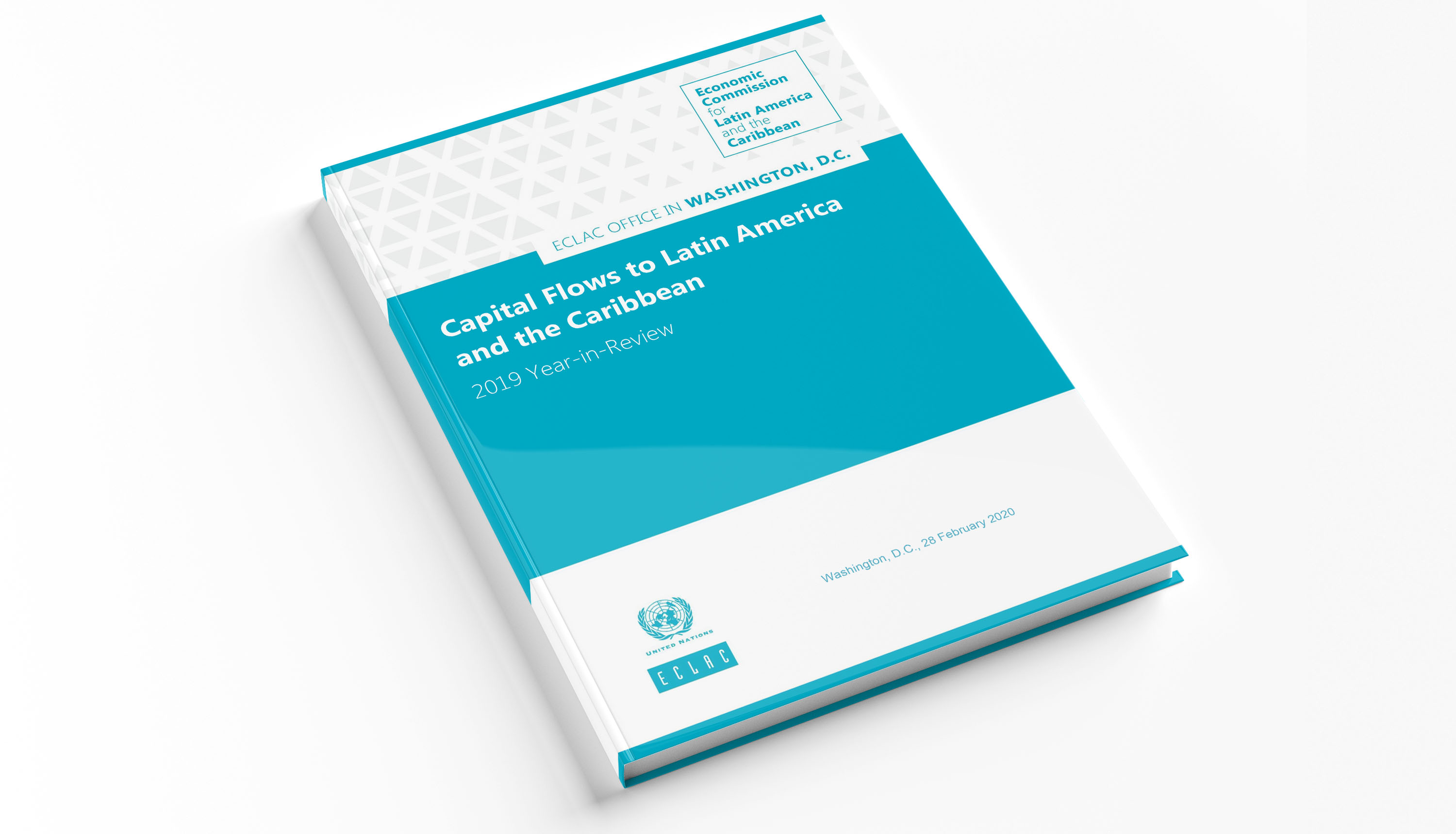Capital Flows to Latin America and the Caribbean Picked Up in 2019, but Credit Quality Declined
Work area(s)
In 2019, international bond issuance from the region increased and bond spreads tightened. Credit quality continued to deteriorate, however, although at a slower pace relative to 2018.

The report Capital Flows to Latin America and the Caribbean: 2019 Year-in-Review, recently released by ECLAC’s Office in Washington D.C., reviews the main 2019 trends in capital flows to the region. According to the study, lowering global interest rates supported Latin American and Caribbean (LAC) bond activity in 2019. Borrowers enjoyed easy financing conditions, as interest rate cuts from the U.S. Federal Reserve and the European Central Bank allowed them to issue foreign currency denominated bonds at increasingly low rates.
Mexican, Brazilian and Chilean borrowers were the main contributors to the region’s performance. Together they were the three top issuers (sovereign and corporate issuance combined) and accounted for 64% of the total LAC bond issuance in 2019.
Latin American stocks and debt spreads recovered from the rout caused by the increase in volatility and risk perception in global markets in the second half of 2018. Debt spreads tightened 222 basis points (compared to a widening of 149 basis points in 2018), while stocks gained 14% according to the MSCI Latin American index (compared to a loss of 9% in 2018).
Total debt issuance in international markets was US$ 119 billion in 2019, up 26% from the US$ 94 billion issued in 2018. It was only the fifth largest annual volume, given that the activity of some past large issuers, such as Argentina, was subdued. Corporate issuers led the way, issuing over 64% of the total. Almost 90% of the total debt LAC companies sold in international markets was denominated in U.S. dollars, as they took advantage of low interest rates and investors’ appetite for better returns. However, the growing corporate debt leaves companies vulnerable to a sharp appreciation of the U.S. dollar, which would drive up the cost of interest payments.
On balance, credit quality deteriorated in 2019. When looking at all credit rating actions, including outlook revisions, there were eighteen positive and twenty-two negative actions. Negative credit rating actions have outnumbered positive actions in the region for seven years in a row, but the imbalance improved in 2019. There were four more negative actions than positive in the region in 2019, compared to fifteen more in 2018.
There was a recovery in green bond issuances from the region in international markets. In 2019, LAC international green bond issuances amounted to US$ 5.45 billion, which represented 4.6% of the region’s total international bond issuance. In June, Chile became the first sovereign in the region to issue green bonds.
Regarding what is ahead, LAC issuers were active in international debt markets in January 2020, issuing over US$ 38 billion, a monthly record for the region. Of this total, about 62% was placed by corporate issuers, while bonds issued by six sovereigns accounted for 38%.
Businesses were refinancing their existing debt to lock in low rates ahead of any market volatility in the months leading up to the U.S. presidential election, or in case unforeseen events like the Coronavirus epidemic roil markets. Sovereign January issuances, on the other hand, continued the improving trend for green, social and sustainability bond issuances from the region observed in 2019. Chile sold € 1.96 billion worth of green bonds in euros and US$ 1.65 billion in dollars, and Ecuador became the first sovereign issuer to sell social bonds in the international market.
Related content
Capital Flows to Latin America and the Caribbean—First Nine Months of 2020 in Times of COVID-19
Global financial conditions have shown signs of stabilization since end of March, due to the action of the major central banks.
Subregional headquarter(s) and office(s)
National Office, Washington, D.C.Type
Country(ies)
- Latin America and the Caribbean
Related link(s)
Contact
ECLAC Office in Washington
- eclacwash@eclac.org